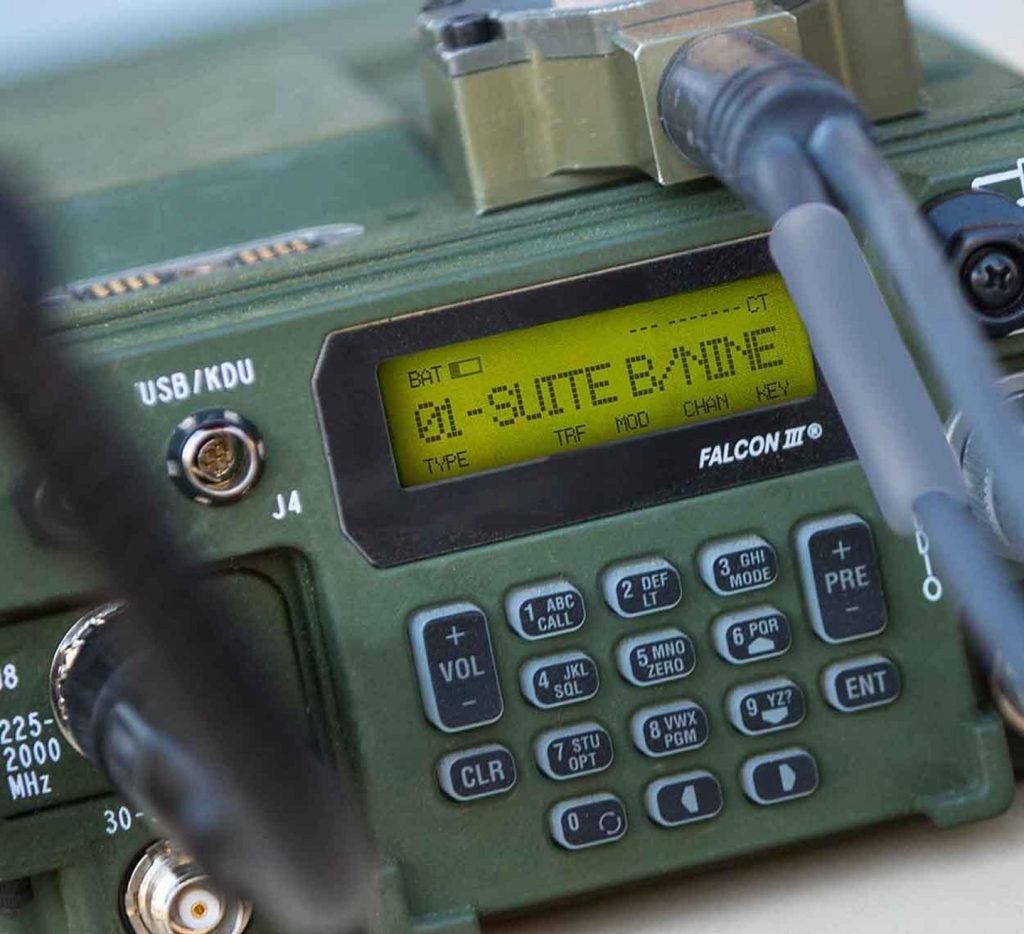The US Congress has passed the 2024 National Defense Authorization Act (NDAA) to supply a record $886bn for defence spending, with an increase of 3% on 2023, representing an increase of $28bn.
Within the bill is authority for the procurement of not more than 13 Virginia-class submarines, and instructs the Secretary of the Navy to conduct an analysis of approaches to deploying a tenth aircraft carrier and associated air wing.
The bill includes a prohibition on the use of funds for the reduction in the fleet of KC-135 aerial refuelling tanker or for a reduction in HH-60W combat rescue helicopters, and a limitation on the retirement of no more than 68 of F-15E jets.
The budget includes an increase to operational cost spending, offering a boost of 5.2% to service member basic pay, above the basic inflation rate of 3.1% that occurred in 2023.
Observers anticipating signs of continued enduring support for Ukraine will have to keep waiting, as only $300m allotted to the Ukraine Security Assistance Initiative. A separate $105bn national security package has been requested by Biden for assistance to Ukraine and Israel, but has not so far been passed.
With $4.4bn remaining in the Presidential Drawdown Authority, and $1bn left in replenishment funds the Pentagon Press Secretary Maj. Gen. Pat Ryder said that as those funds begin to diminish the US will be left with questions about its own readiness and its ability to support Ukraine in the way they need to be supported on the battlefield, adding that the Pentagon urges Congress to pass supplemental funding for additional support for Ukraine.
The NDAA does include a $14.7bn Pacific Deterrence Initiative to build institutional capacity for military force an in Taiwan and deter aggression from China in the Indo-Pacific theatre. The initiative also implements the aspects of the AUKUS agreement pertaining to the sale of nuclear-capable submarines to Australia.
Our signals coverage is powered by GlobalData’s Thematic Engine, which tags millions of data items across six alternative datasets — patents, jobs, deals, company filings, social media mentions and news — to themes, sectors and companies. These signals enhance our predictive capabilities, helping us to identify the most disruptive threats across each of the sectors we cover and the companies best placed to succeed.











